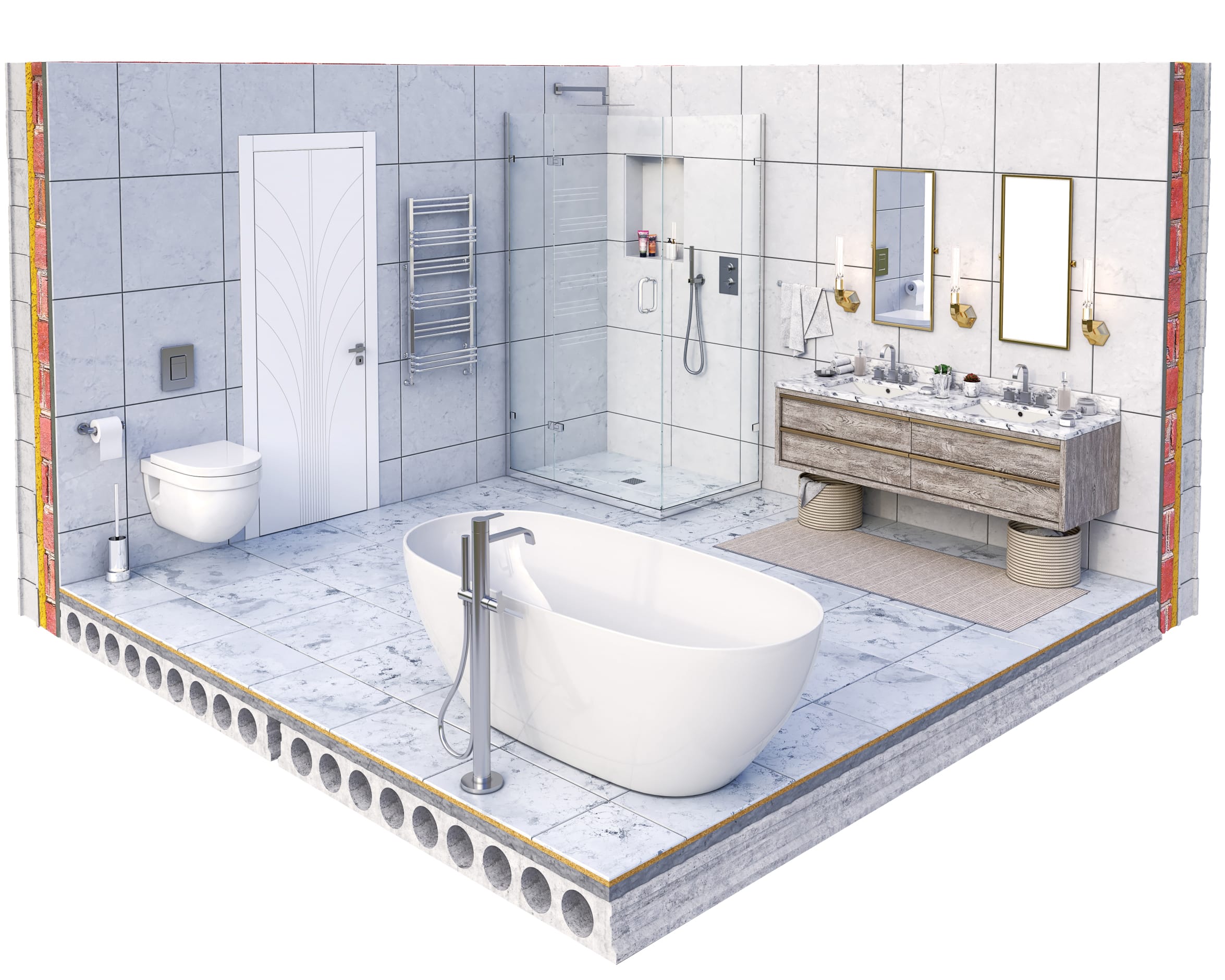Whether you prefer a shower or a bath, this room cleans you up.
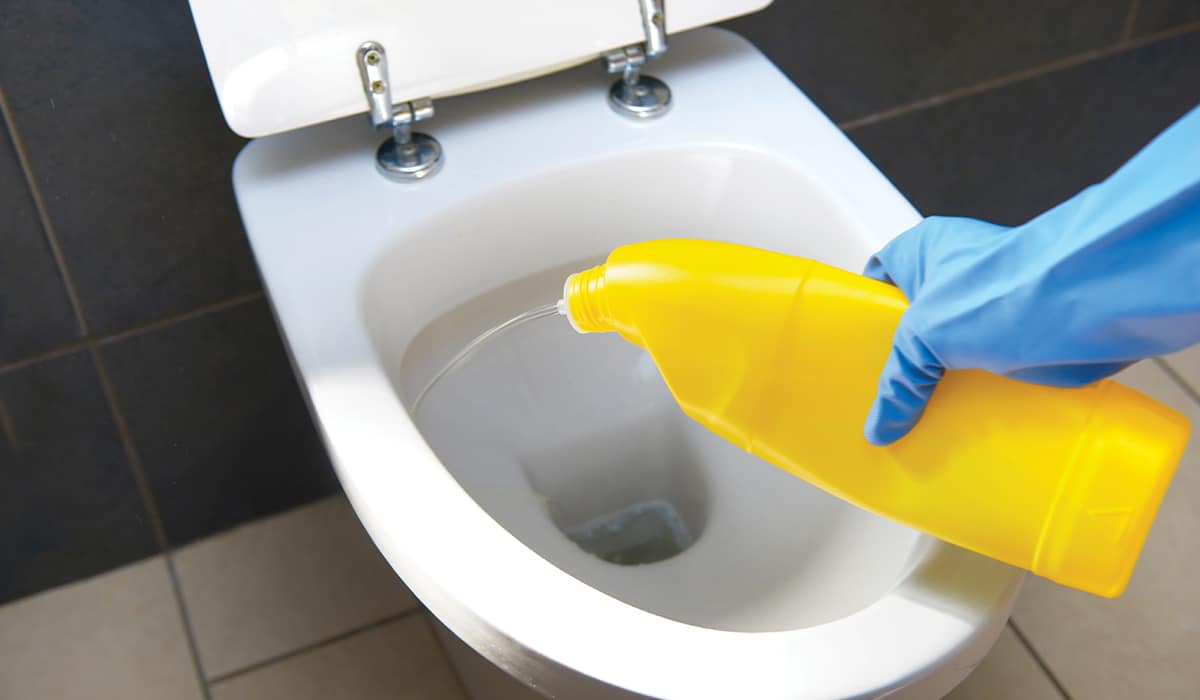
How Bleach Kills Germs
When it comes to cleaning the bathroom some of the strongest disinfectants are chosen for the job and there’s good reason for this: per every 6.5 square centimetres of toilet bowl – about the size of a postage stamp – there are around 3.2 million microbes.
@pamsole To keep my bathroom hygienically clean and a healthy environment I always opt to use Domestos Pine Toilet Block with Domestos Thick Bleach, together, they are a killer combination to keep your toilet and bathroom healthy and sanitised. @domestossouthafrica #IChooseDomestos #Unstoppabletogether ♬ original sound – 🎀 YT | PAMELA MBHELE 🎀
Sodium hypochlorite, the main chemical in household liquid bleach, destroys proteins in bacteria, which ultimately kills the bacteria as they need the proteins to grow. This prevents the spread of disease from toilets and other bathroom surfaces. The process of oxidation involves breaking the chemical bonds in the microbes, which also damages chromophores, or colour-producing molecules, and is why bleach removes the colour from many materials.
Household bleach contains less than 10% sodium hypochlorite and can cause skin irritation, while stronger industrial-strength bleach is far more corrosive to the skin.
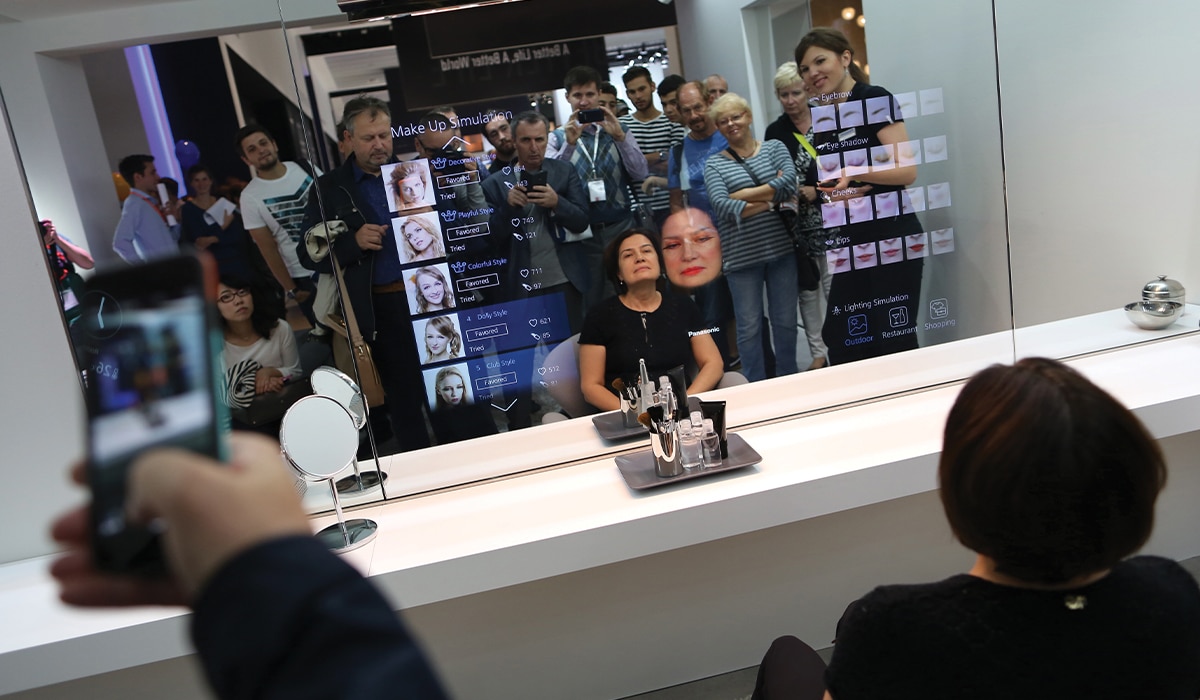
Future Tech
Mirror, Mirror
How much time do you spend looking in the mirror in the morning? They assist us in getting ready and show you how you will present yourself when you leave the house but mirror assistance is getting smarter.
Digital smart mirrors not only show you your appearance but also come with an electronic display behind the glass. Like a smartphone, these mirrors have different widgets that can reveal weather conditions for the day, the time, date, and news updates.
More advanced mirrors in the future will be able to recognise your face and provide an analysis of your features and skin. This includes mapping out your face to locate redness, dark patches, large pores, wrinkles, and spots. Based on this information the mirror will recommend types of products and provide a skin-care routine tailored to the data. Instead of being a mere reflection on the wall, smart mirrors could convert your bathroom wall into your morning’s personal assistant.
@syn_technology Like seriously, I cant go back. How else would i watch videos while getting ready? #smartmirror #smarttechnology #futuretech #futureisnow ♬ original sound – SynTech
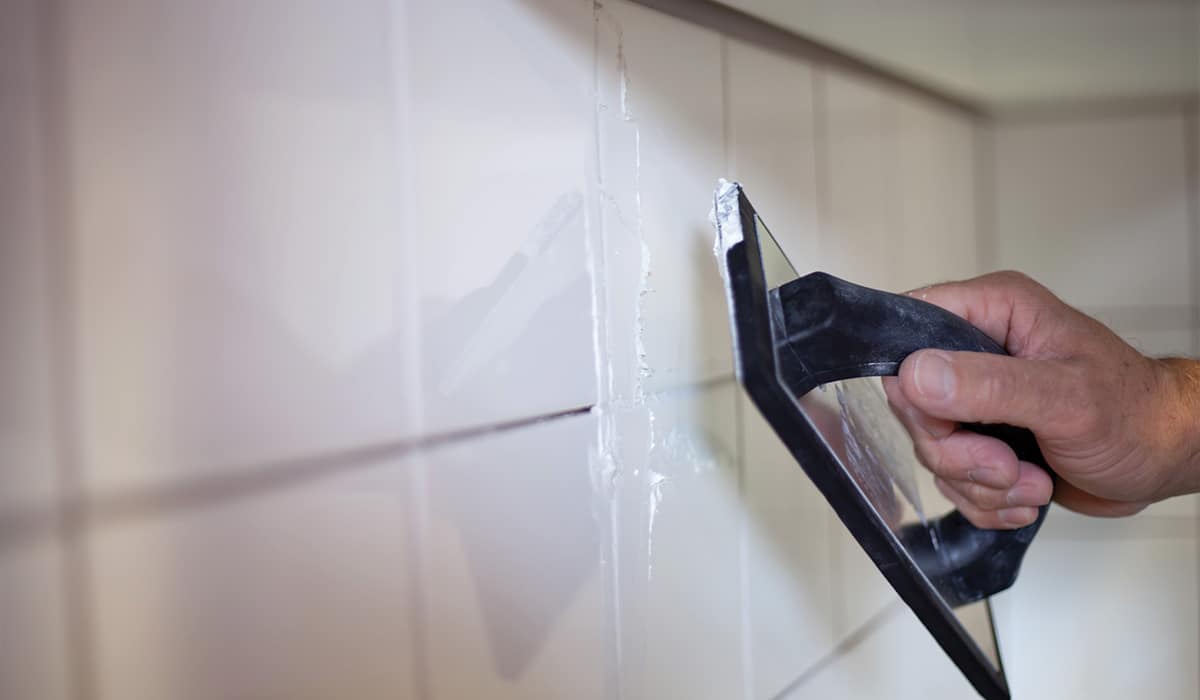
Condensation Control
When heated, the bonds between individual water molecules can break, allowing some to escape and enter the air as a gas. This is water vapour and it is what makes the bathroom steamy after a long bath or shower.
If water vapour doesn’t have an escape route out of the bathroom it eventually cools down and becomes a liquid once more as it condenses on cold surfaces, producing damp areas across the bathroom. Opening windows helps this steam to escape, while ventilation fans can pull the humid air inside the bathroom through a vent and outside the building.
Grout, a mix of water, sand, and cement, is used to fill and seal the gaps between bathroom tiles, preventing water damage in these small spaces due to condensation.

5 Facts What Lives In Your Bathroom?

1. Mould
Aspergillus is one of the most common bathroom moulds. Most people breathe these spores every day without any symptoms.
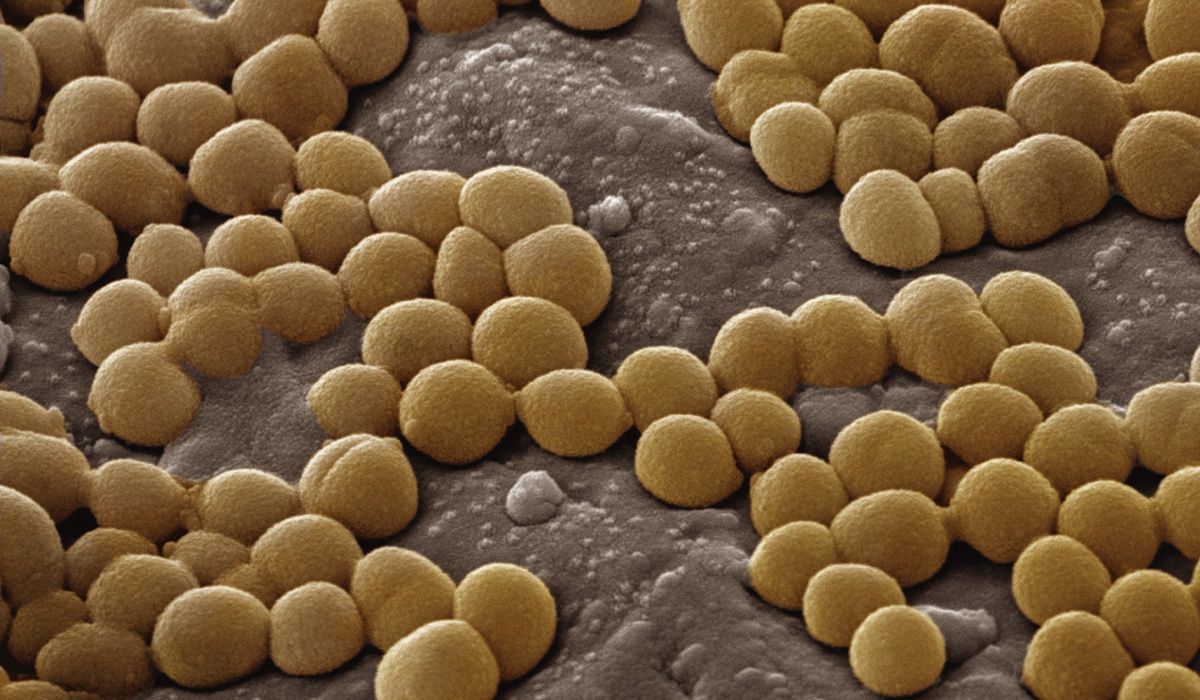
2 Staphylococcus
Staphylococcus aureus is a common bacteria found on bathroom toilets, floors, and shower curtains. It can live harmlessly on human skin.
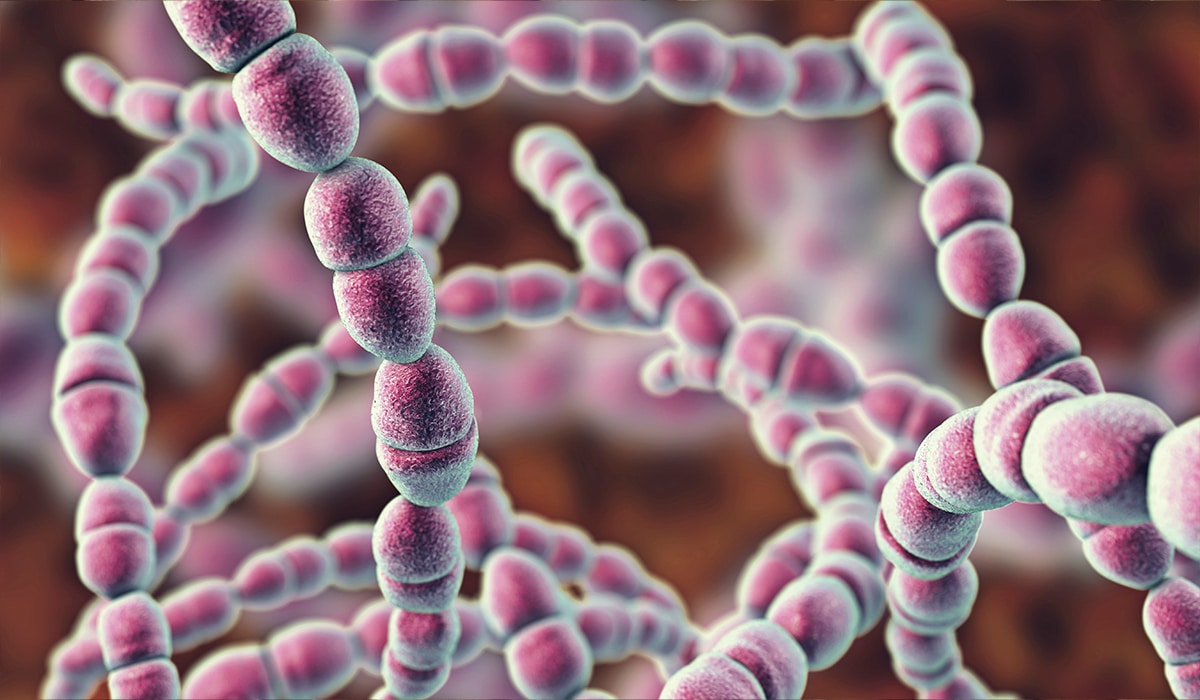
3 Streptococcus
This bacteria is to blame for numerous throat infections. It is commonly found in the bathroom on surfaces that are touched by people the most.
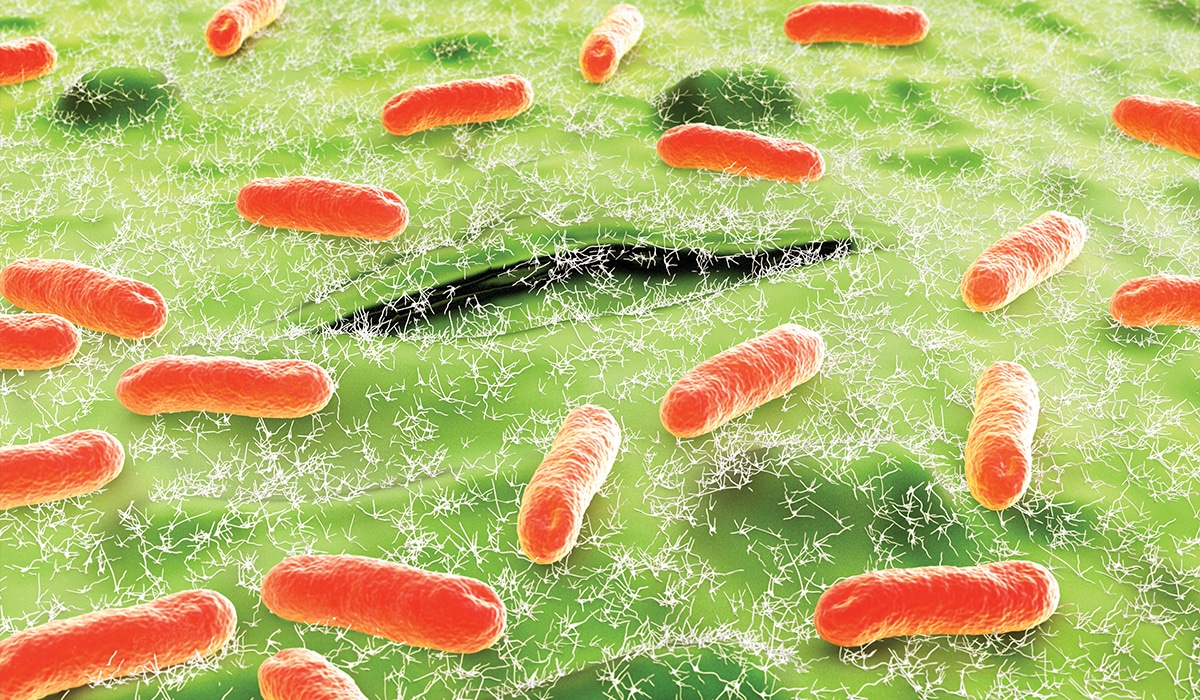
4. Escherichia Coli
Everyone has harmless E. Coli bacteria in their intestines but some strains cause illness, such as diarrhoea. Changing towels in the bathroom every few days reduces the chance of spread.
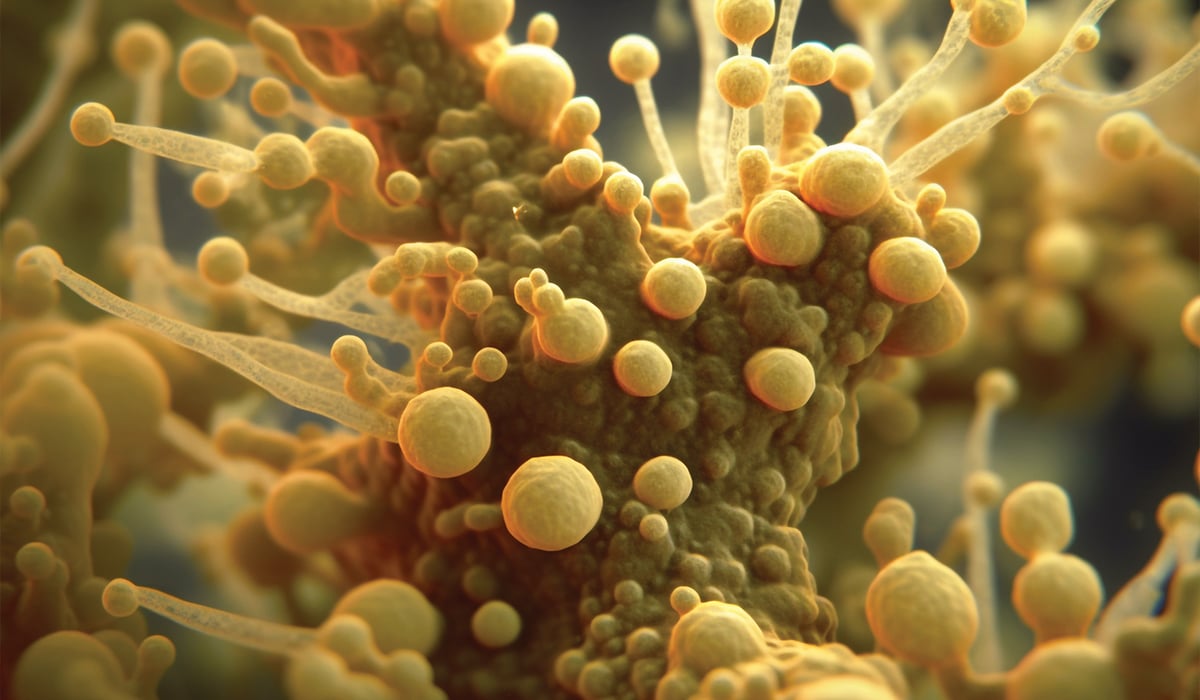
5. Candida
This is a type of yeast that can access the bathroom through airborne spores. It thrives in warm, damp environments and can cause fungal infection in the body.
Words by: Charndré Emma Kippie
Imagery: Adrian Mann; Petar Tonchev/Unsplash, Oxa Roxa/Unsplash, Michael Jasmund/Unsplash, Anaya Katlego/Unsplash, Jayden So/Unsplash; Getty, Supplied



